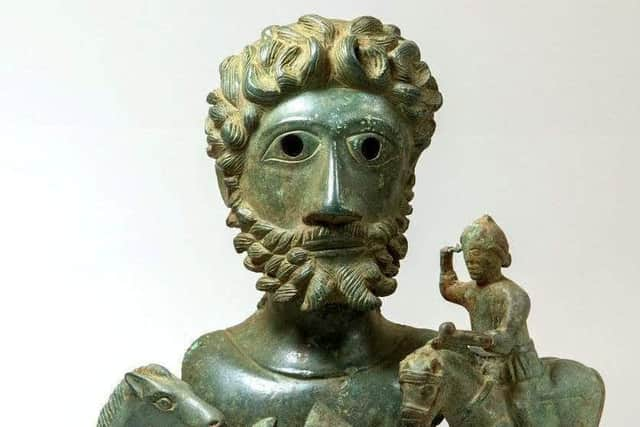North Yorkshire revealed among best ten places to find buried treasure in England
The county saw the seventh highest number of buried treasure finds between 2012 and 2020, according to data from The Department for Digital, Culture, Media and Sport (DCMS).
During this period 474 finds were made in North Yorkshire, which was the only location in the North of England to make the top ten.
Advertisement
Hide AdAdvertisement
Hide AdNorfolk topped the list for the eight time in nine years, with 1021 finds.


It was followed by Suffolk with 638, and Essex, with 619.
Lincolnshire (566), Hampshire (523), and Kent (479) were also ahead of North Yorkshire, while Wiltshire, Dorset, and Oxfordshire rounded out the top ten.
In 2020 alone, 1,077 finds were recorded across the country, with 1,055 of these being discovered in England.
The overall figure marked a 27% drop on 2019’s figure of 1,303 treasure finds, which encompassed a massive 22,620 individual artefacts.
![The top ten places to discover buried treasure in England [Credit: National World]](https://www.yorkshirepost.co.uk/webimg/QVNIMTI1ODU5NTc4.jpg?crop=3:2,smart&width=640&quality=65)
![The top ten places to discover buried treasure in England [Credit: National World]](/img/placeholder.png)
Advertisement
Hide AdAdvertisement
Hide AdIn the UK, what comprises treasure is legally defined, because there are rules governing what finders are permitted to do with it.
Gold and silver objects, groups of coins from the same finds that are over 300 years old, or prehistoric ‘base-metal assemblages’ are all classified as treasure under the Treasure Act 1996.
If the object is from a prehistoric date, it’s considered treasure if any part of it contains precious metal.
In 2019 - the most recent year for which we have comprehensive data - 34% of treasure finds came from the ‘post-Medieval’ period (i.e. anytime between the years 1500 and 1818).
Advertisement
Hide AdAdvertisement
Hide AdUpon discovering buried treasure, the finder must report it to their local coroner within 14 days of finding it or realising it might be treasure.
Once the find has been reported, a local official or a museum curator will contact the finder.
One of the most significant finds in North Yorkshire over the past few years was an incredible hoard of Roman-era treasures.Amateur metal detectorists James Spark 40, and Mark Didlick, 44, found the 2,000-year-old collection in a field in Ryedale.
The hoard was believed to have been buried as part of a Roman religious ceremony in AD160 - and was valued at £90,000 at auction.
